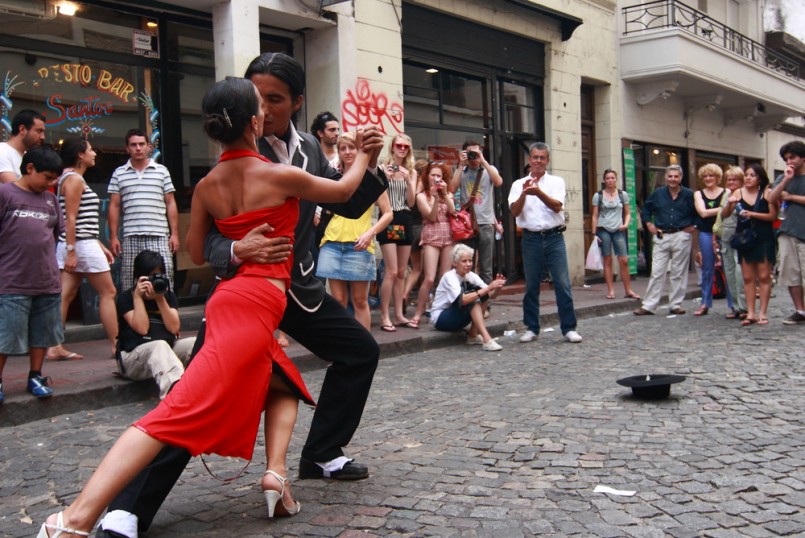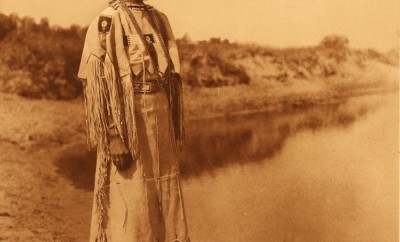Cultures
The Cultural History Of The Argentine Tango
The Cultural History Of The Argentine Tango
The story of the tango begins in the seedy early 20th century brothels of Buenos Aires. In just a few short years following the war, the city’s population exploded from 200,000 to more than 1.5 million. Young bachelors eager to explore the world, immigrants from Western, Central and Eastern Europe and freed African slaves poured into the city blending everything from the waltz to the polka and candombe to create what is now known as the Argentine Tango.
The Spread Of The Tango
Though the Argentine Tango is a source of pride for the country today, it was originally considered a street dance, too crass and crude for the cultured masses. This soon changed when the rebellious young men of Argentine high society ventured to brothels to learn the tango, which they shared on their European escapades. As the suave Argentine gentlemen introduced this new dance in Paris, London and other European capitals, it quickly grew in popularity and was eventually accepted in its native Buenos Aires.
The Tango Today
The Argentine tango endured a successful period until the 1950s when an era eventually culminating in strict military dictatorship prevented public gatherings where citizens danced the tango. Since the 1980s, the dance has enjoyed a revival and once again became an important fixture in Argentine culture. Walking in the squares and past cafes in Buenos Aires, you will surely hear the rhythms of the bandoneon, piano and violin while watching Argentines of all ages performing the tango.
What we know now as the tango today, has its roots in the Argentine tango. Eventually the Argentine variety was formalized and toned down for ballroom competitions and dance academies throughout Europe and North America. As the milder version became more popular and was named the tango, the original tango was dubbed the Argentine Tango, a tribute to the country where it was born. In 2009, Argentina and Uruguay shared the honor of being recognized as the home of the tango when the dance was added to the UNESCO Intangible Cultural Heritage Lists.
Tango For Health
Born out of a hospital physical therapy program, Tangolates was introduced to patients who suffered from motor disorders in a Buenos Aires hospital. First, the patients were taught movements with the instructor and eventually introduced to rhythms and therapy blossomed into a partner dance.
A 2004 study of patients in the “tango room,” noted that they experienced both physical and mental benefits after learning the tango. Both German and American studies have also concluded that the benefits of the tango include decreased stress and a reduction in levels of depression.
From Detroit to Ireland, dedicated Argentine Tango societies preserve the true heritage of the dance with meetups and lessons for aspiring dancers. For those who want to learn the dance in it’s truest form, you don’t have to leave the comforts of your home to learn the basics of tango. From Howcast to Tangology 101 and Mundo Tango, there are numerous places on the web where you can get your tango chops. Once you’ve got it down, find a local gathering near you.






1 Comment